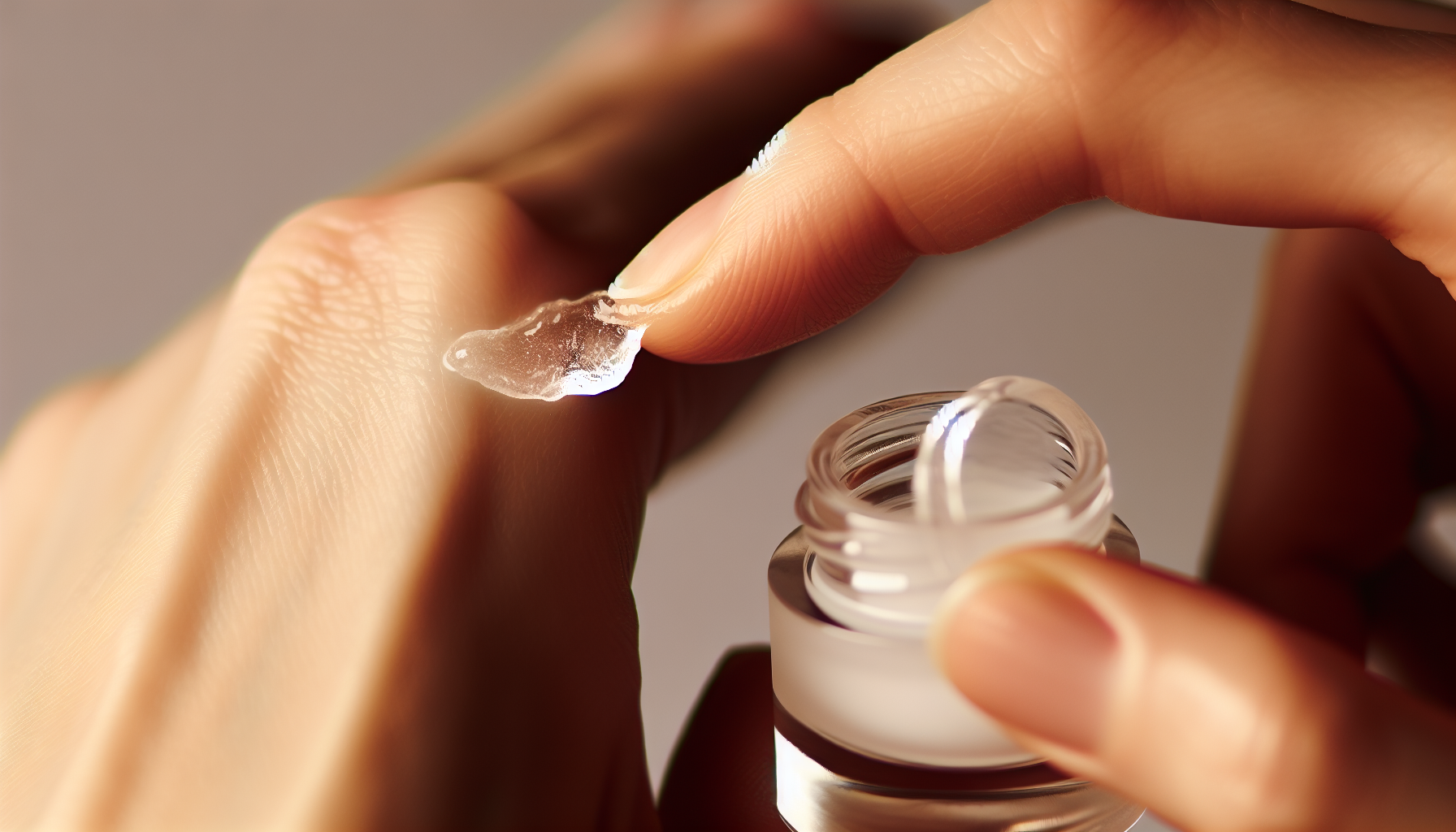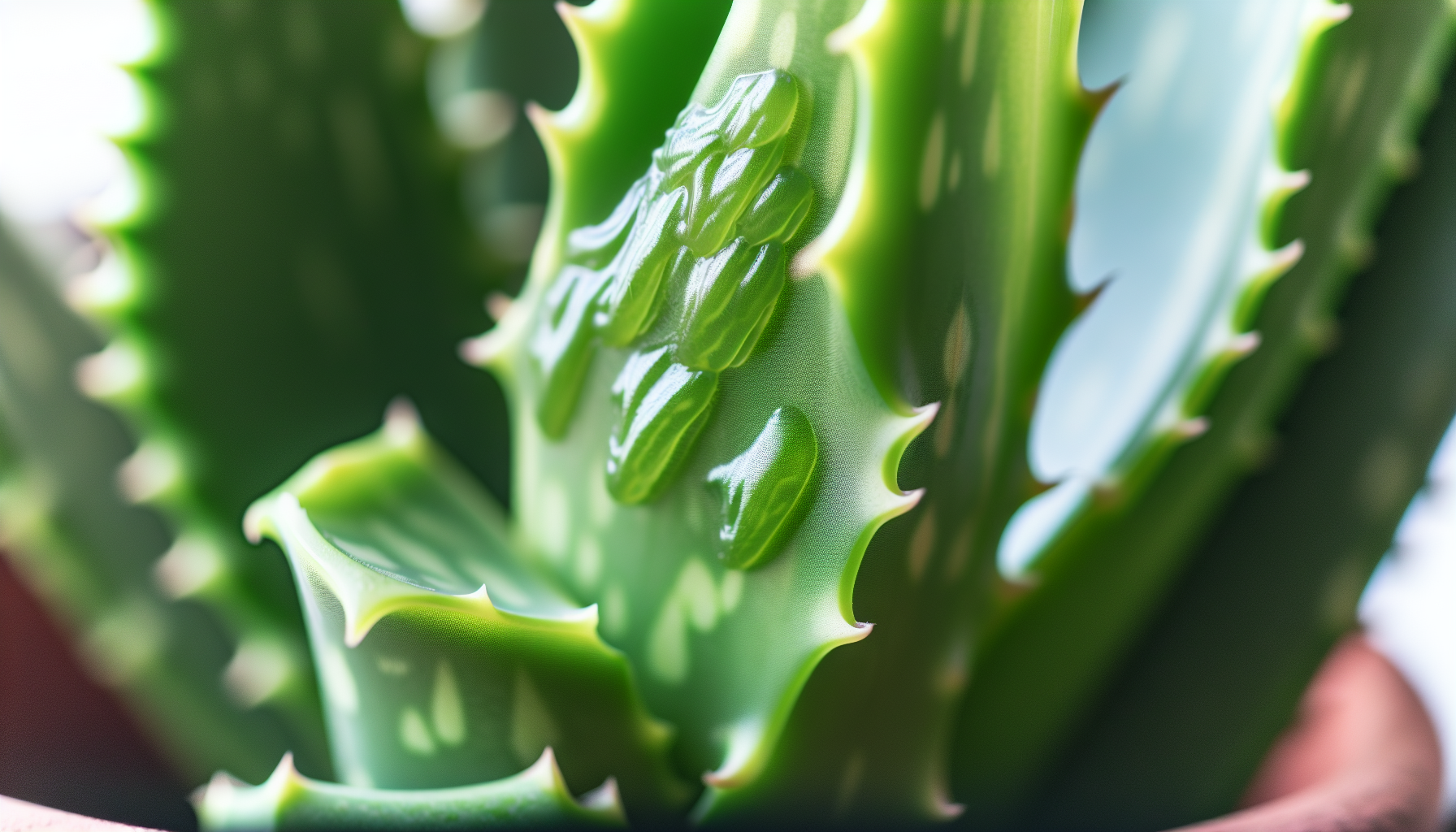Soothing Your Skin: The Benefits of Sea Moss for Eczema Relief
Are you exploring natural remedies like sea moss for eczema? This sea-derived superfood is gaining attention for its skin health benefits, particularly for those battling eczema. Discover the nutrient-rich profile of sea moss, its potential to alleviate eczema symptoms, and the scientific research that supports – or disputes – its effectiveness, all in this comprehensive guide.
Key Takeaways
- Sea moss is rich in nutrients like vitamins A, E, and K, zinc, and magnesium, which are essential for skin health and repair and may provide benefits for managing eczema, including anti-inflammatory and antimicrobial properties.
- Sea moss can be applied topically as a gel or included in diets to help manage eczema, with topical application providing immediate relief for some symptoms and dietary inclusion promoting overall skin health from within.
- Although sea moss is associated with potential eczema relief, current research is limited, and individuals should consult with healthcare professionals before using sea moss as a treatment and be aware of possible allergic reactions and thyroid issues.
The Power of Sea Moss in Eczema Management

For centuries, sea moss, also known as Irish moss, has been revered for its potential health benefits. Today, it’s catching the eye of eczema sufferers worldwide. Why? Well, Irish sea moss is packed with nutrients that support skin health and may help treat eczema. In fact, eczema sea moss products are gaining popularity for their soothing properties.
The use of sea moss for eczema management is not just anecdotal. Its nutritional content and anti-inflammatory properties may indeed provide relief for those battling this skin condition. Now, we’ll explore the potential of this sea vegetable for soothing your skin.
Rich Nutrient Content
Sea moss is abundant in essential nutrients, including vitamins A, E, and K, zinc, and magnesium, all vital for skin health and repair. Vitamin A, for instance, supports healthy skin cell production, while vitamin E is known for its moisturizing properties. On the other hand, zinc and magnesium help maintain hydration and assist in skin repair.
Sea moss has several benefits for the skin, including:
- High iodine content, which can help manage eczema symptoms
- Dietary fibers and polyphenols, providing antioxidant and anti-inflammatory benefits
- High sulfur content, serving antibacterial, antiviral, and antimicrobial functions
These properties of sea moss can help balance the skin’s microbiome and reduce sebum production, which can contribute to certain skin issues.
Anti-Inflammatory Effects
The anti-inflammatory properties of sea moss are another reason why it’s being considered as a potential remedy for eczema. Inflammation is a key factor in eczema flares, and any reduction in inflammation can help alleviate the symptoms associated with this condition – namely redness, itching, and swelling.
Polyphenols in sea moss play a role in this reduction, contributing to an improved skin barrier function and moisture retention, both of which are beneficial for managing eczema.
Topical and Dietary Uses of Sea Moss for Eczema

Having grasped the potential benefits of sea moss, you might wonder how to include it in your eczema management routine. Well, sea moss can be used in two main ways: applied topically as a gel or incorporated in your diet.
Both methods present their own unique advantages. Applying sea moss gel directly to the skin may provide immediate relief from the itching and inflammation, while ingesting it can help manage eczema from the inside out, thanks to its rich nutritional profile.
Applying Sea Moss Gel
Prepare sea moss gel for topical application and apply it directly to the eczema-affected skin for relief. Here’s how:
- Clean and dry the affected skin.
- Apply a generous amount of chilled sea moss gel to the skin.
- Leave the gel on for about 10-20 minutes.
- Rinse off with warm water.
Eczema sufferers who have tried this method have reported smoother, less irritated skin after using sea moss gel topically, with noticeable improvements in as little as 4 days, suggesting skin regeneration benefits.
Incorporating Sea Moss in Your Diet

Incorporating sea moss in your diet is another effective way to benefit from its nutrients. Here are some ways you can use sea moss:
- Add sea moss gel to recipes such as soups and stews as a natural thickener.
- Use sea moss gel as a versatile ingredient in various culinary dishes.
- Mix sea moss gel into smoothies or juices to enrich them with nutrients beneficial for eczema relief.
If you’re looking for an even simpler way to include sea moss in your meals, dried sea moss flakes can be sprinkled on salads or roasted vegetables, providing an easy way to include sea moss in your diet.
Current Research on Sea Moss and Eczema
While sea moss shows promise, it should be noted that research on its effectiveness for treating eczema is still in its early stages. Sea moss contains compounds that have shown success in inhibiting the growth of staphylococcus aureus, a bacteria commonly associated with eczema flares. It also contains carrageenan and phycoerythrins, which may reduce eczema symptoms by inhibiting cytokine signaling and thus interrupting the inflammatory process.
Despite these promising properties, there are currently no clinical studies specifically on the benefits of sea moss for eczema treatment. Therefore, while sea moss may offer potential benefits, healthcare professionals are essential in guiding patients through the current landscape of eczema treatments.
Promising Studies
Some studies suggest that sea moss may have beneficial properties for eczema. For instance, sea moss possesses:
- Antiviral properties, which can be essential for preventing viruses from attaching to host cells during eczema flares
- Anti-inflammatory properties, which can help reduce inflammation and redness associated with eczema
- Antimicrobial properties, which can help prevent infections and promote healing of the skin
These properties of sea moss could potentially mitigate complications such as skin infections, including infected eczema.
Even though these findings are promising, further research is required to completely understand the role of sea moss in eczema relief and substantiate these encouraging results.
The Need for Further Research
While sea moss’s benefits for eczema appear promising, no study has definitively demonstrated its effectiveness. Despite anecdotal reports of benefits, there is very limited research in medical literature on sea moss’s efficacy and safety in eczema treatment.
The scientific community acknowledges the need for more extensive research to understand the potential of sea moss in preventing or treating eczema flares. Dermatologists warn against the use of sea moss for eczema treatment without comprehensive medical literature to support it. Therefore, patients are advised by healthcare professionals to consult their doctors before trying sea moss as an eczema remedy due to unconfirmed benefits and potential worsening of the condition.
Precautions and Potential Risks
Despite sea moss’s potential benefits for eczema, it’s necessary to be cautious and be cognizant of potential risks. Some individuals may have allergic reactions to sea moss, manifesting as:
- skin rashes
- gastrointestinal issues
- respiratory problems
- in severe cases, anaphylaxis.
High iodine content in sea moss could lead to thyroid issues, with excessive intake linked to hypothyroidism in infants, cautioning its use as an eczema treatment in babies. Carrageenan in sea moss can cause inflammation and gastrointestinal problems, such as bloating, stomach pain, and diarrhea, in some individuals. Therefore, there is a lack of credible information to determine the best or safest form of sea moss to use on eczema-affected skin.
Allergy Concerns

Individuals with allergies to sulfur or shellfish may experience allergic reactions to sea moss, including:
- itching
- redness
- swelling
- respiratory issues
- gastrointestinal symptoms
Severe allergic reactions to sea moss, such as anaphylaxis, require immediate medical attention.
Before using sea moss, it is advised that you do a patch test by applying sea moss to a small area of skin and monitoring for adverse reactions twice a day for 7-10 days to check for delayed allergies. If the patch test results in irritation like:
- itching
- redness
- blistering
- swelling
remove the product immediately and discontinue its use.
Consultation with Healthcare Professionals
Before making any changes to your eczema treatment plan, including adding sea moss, it’s highly recommended to consult a doctor or dermatologist. Sea moss should not be used as a substitute for professional medical treatment. It is important to seek the guidance of a healthcare professional for any medical concerns..
If you suspect an allergy to sea moss, a dermatologist can provide accurate allergy assessments such as an in-office patch test. If you experience severe reactions to sea moss that do not improve with self-care, immediate medical advice is necessary for managing the symptoms and avoiding future allergens.
Natural Alternatives to Sea Moss
If sea moss isn’t suitable for you, don’t worry. There are other natural remedies that may help manage your eczema symptoms. Two popular alternatives include aloe vera and shea butter. Both are touted for their soothing and hydrating properties on the skin.
Aloe Vera

For centuries, aloe vera has served as a natural remedy for a multitude of skin conditions, including inflamed skin. Its soothing and healing properties are particularly beneficial for skin affected by conditions like:
- eczema
- sunburn
- psoriasis
- acne
- dry skin
are well recognized.
Aloe vera can deeply hydrate the skin, crucial in managing the dryness associated with eczema flare-ups. Plus, it doesn’t leave a greasy residue, making it suitable for individuals with oily or sensitive skin that is prone to eczema.
Shea Butter
Like aloe vera, shea butter also serves as an effective natural remedy for eczema, including baby eczema. Known for its exceptional moisturizing properties, shea butter is highly beneficial for treating dry and itchy skin caused by eczema.
The presence of fatty acids and vitamins in shea butter contribute to deep moisturization, providing relief for dry eczema-affected skin. Unrefined shea butter is especially recommended for eczema treatment due to its natural composition and lack of added scents or ingredients that could irritate the skin.
Summary
We have explored sea moss, a unique sea vegetable, as a potential remedy for eczema, highlighting its rich nutrient content, anti-inflammatory properties, and how it can be used both topically and in the diet for eczema management. However, it’s important to note that while the benefits are promising, more clinical studies are needed to confirm these findings.
It’s crucial to take precautions when using sea moss for eczema, considering potential allergies and consulting healthcare professionals. If sea moss isn’t suitable for you, natural alternatives like aloe vera and shea butter can also provide relief for eczema symptoms. As always, before making any changes to your eczema treatment plan, it’s best to consult with a healthcare professional.
Frequently Asked Questions
Does sea moss help with eczema?
Yes, sea moss may be a helpful alternative to corticosteroids or cortisone cream for treating eczema due to its anti-inflammatory, antifungal, and antiviral properties. It contains polyphenols linked to decreasing inflammation.
Does sea moss heal skin?
Yes, sea moss may support the skin’s natural ability to heal and rejuvenate itself, making it beneficial for inflammatory skin conditions and acne.
Is the sea good for eczema?
Yes, sea water can have a positive impact on eczema by helping to reduce secondary infections.
Who should not take Seamoss?
If you have IBD, thyroid conditions, or hyperthyroidism, it’s best to avoid sea moss due to its carrageenan content and high iodine levels. These factors could exacerbate these conditions.
How can I use sea moss for eczema?
You can use sea moss for eczema by applying it directly to the skin as a gel or consuming it as part of your diet. It can help alleviate eczema symptoms.




